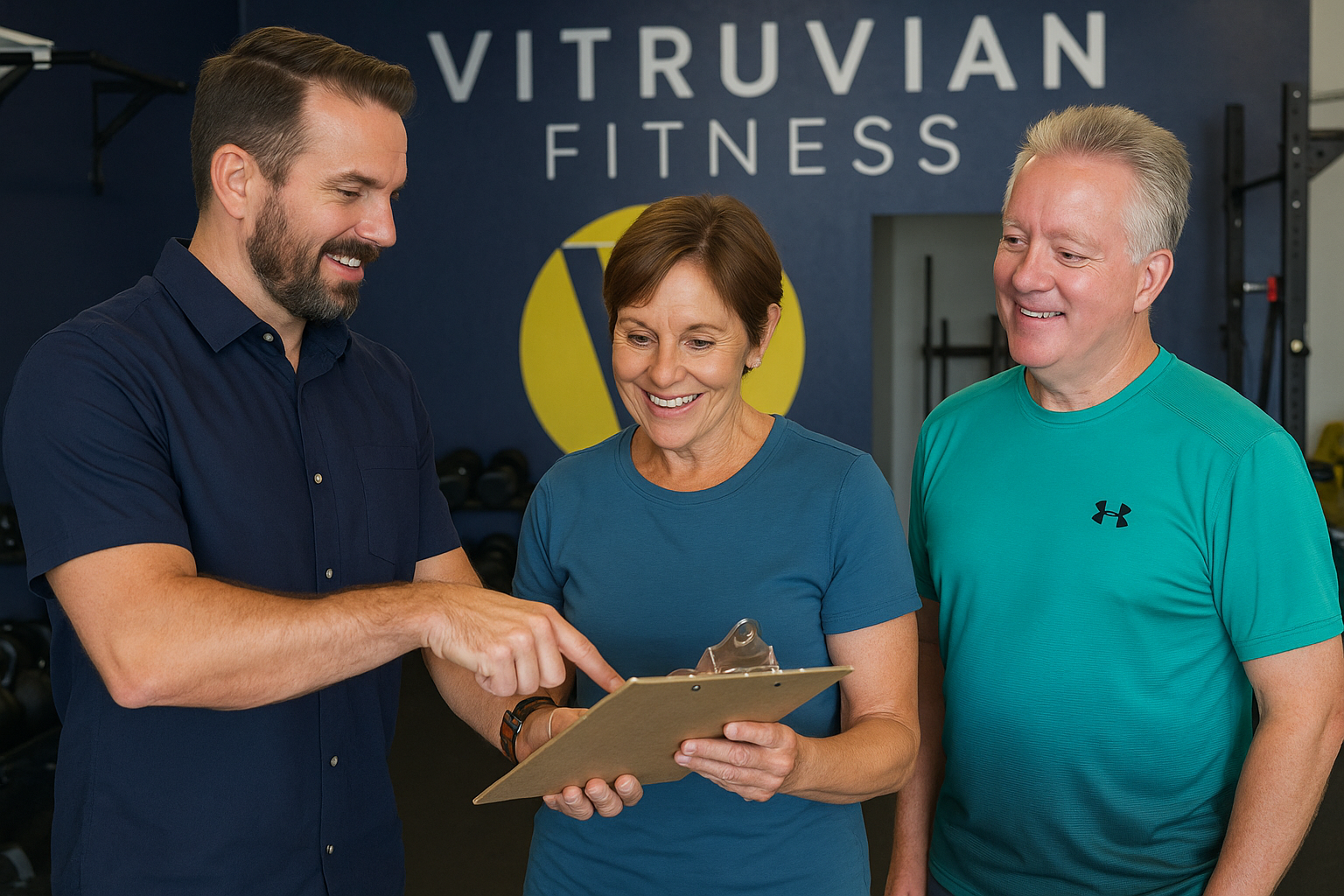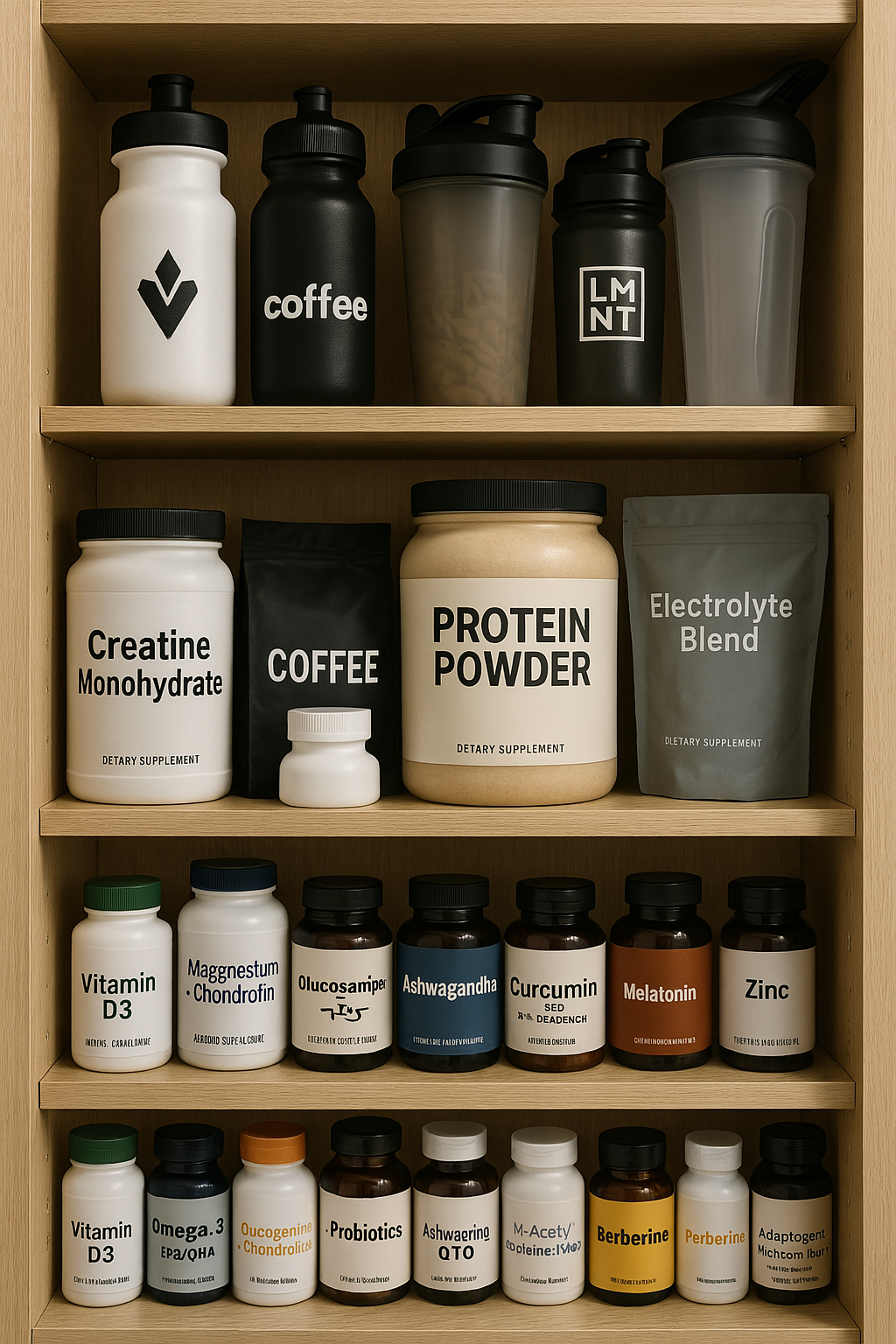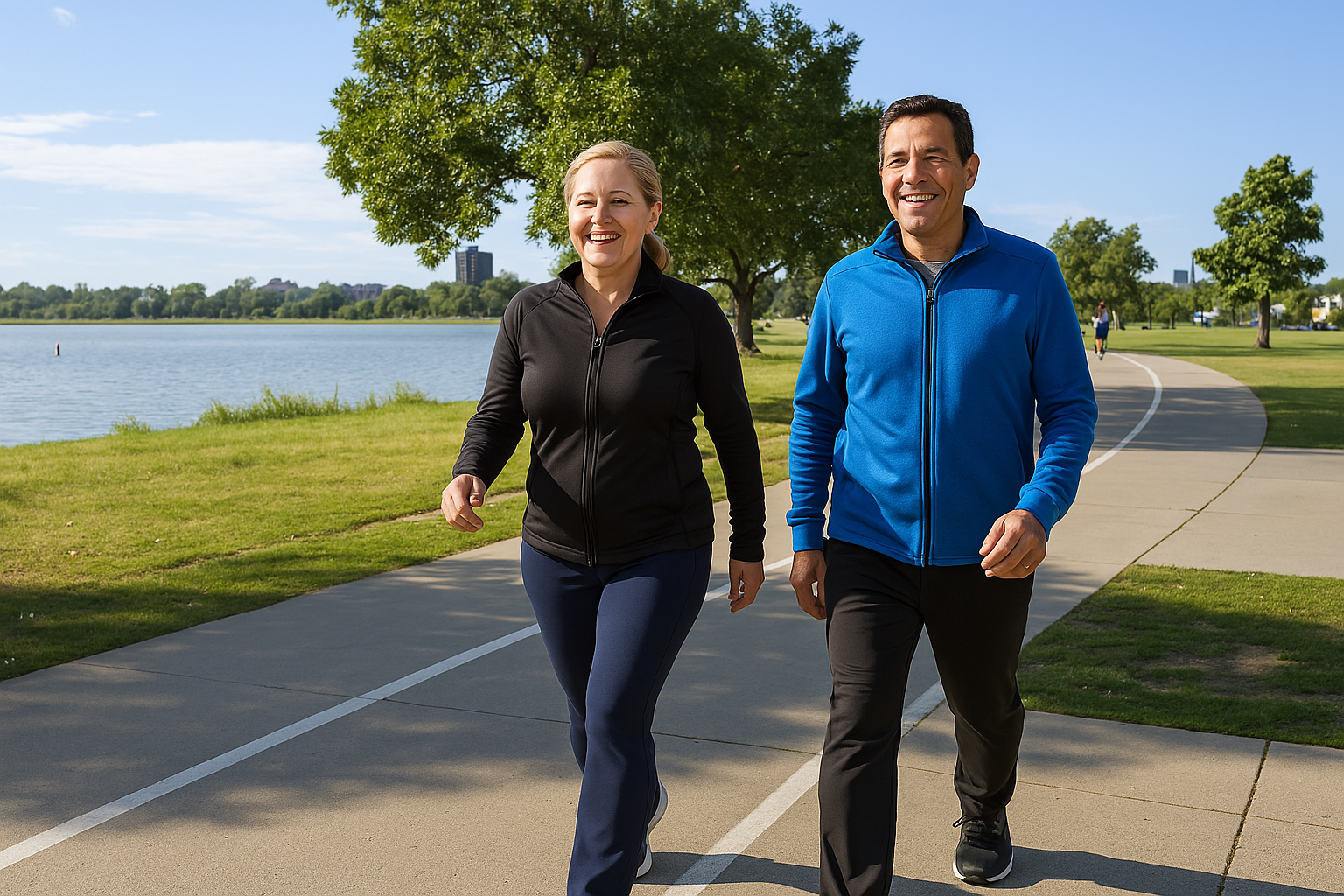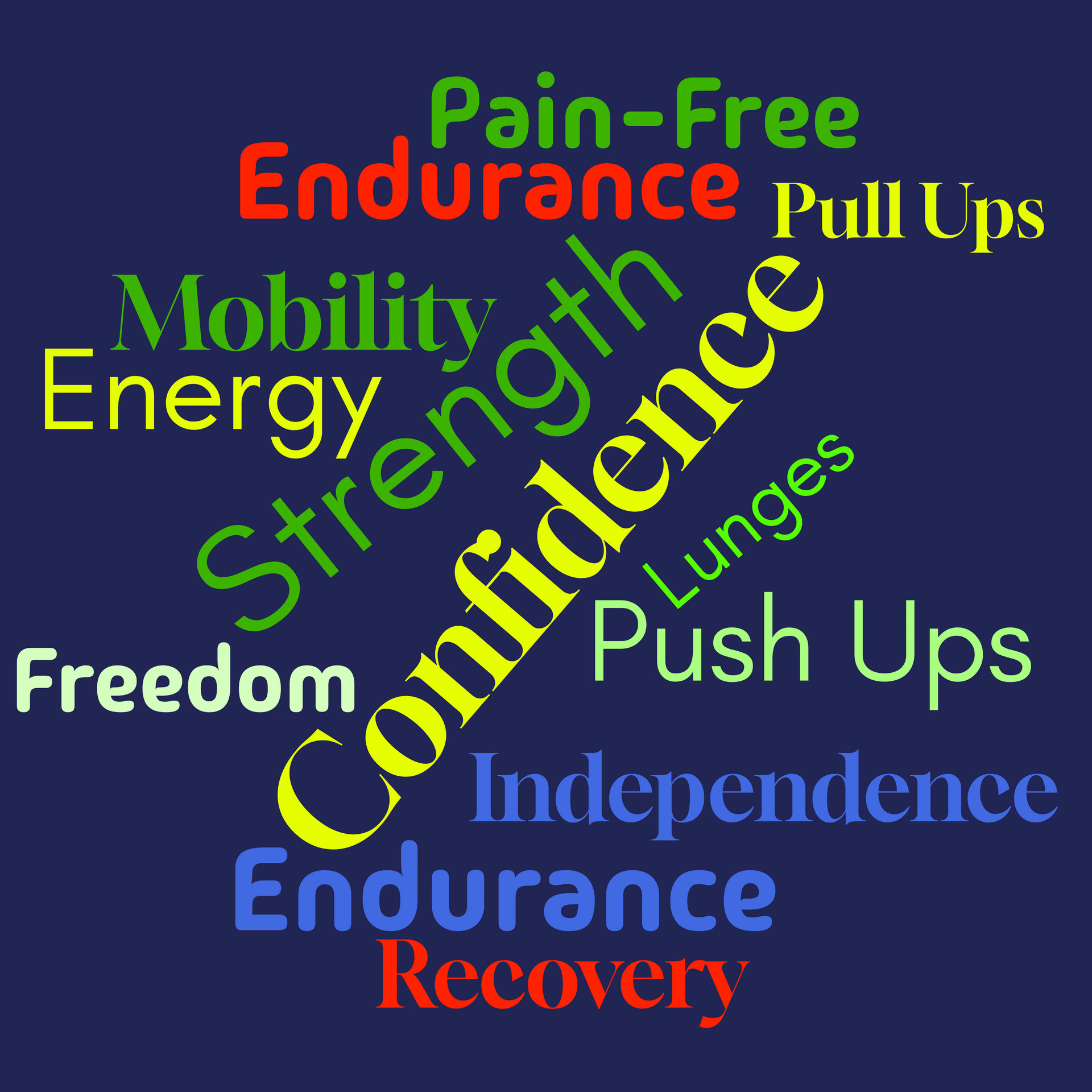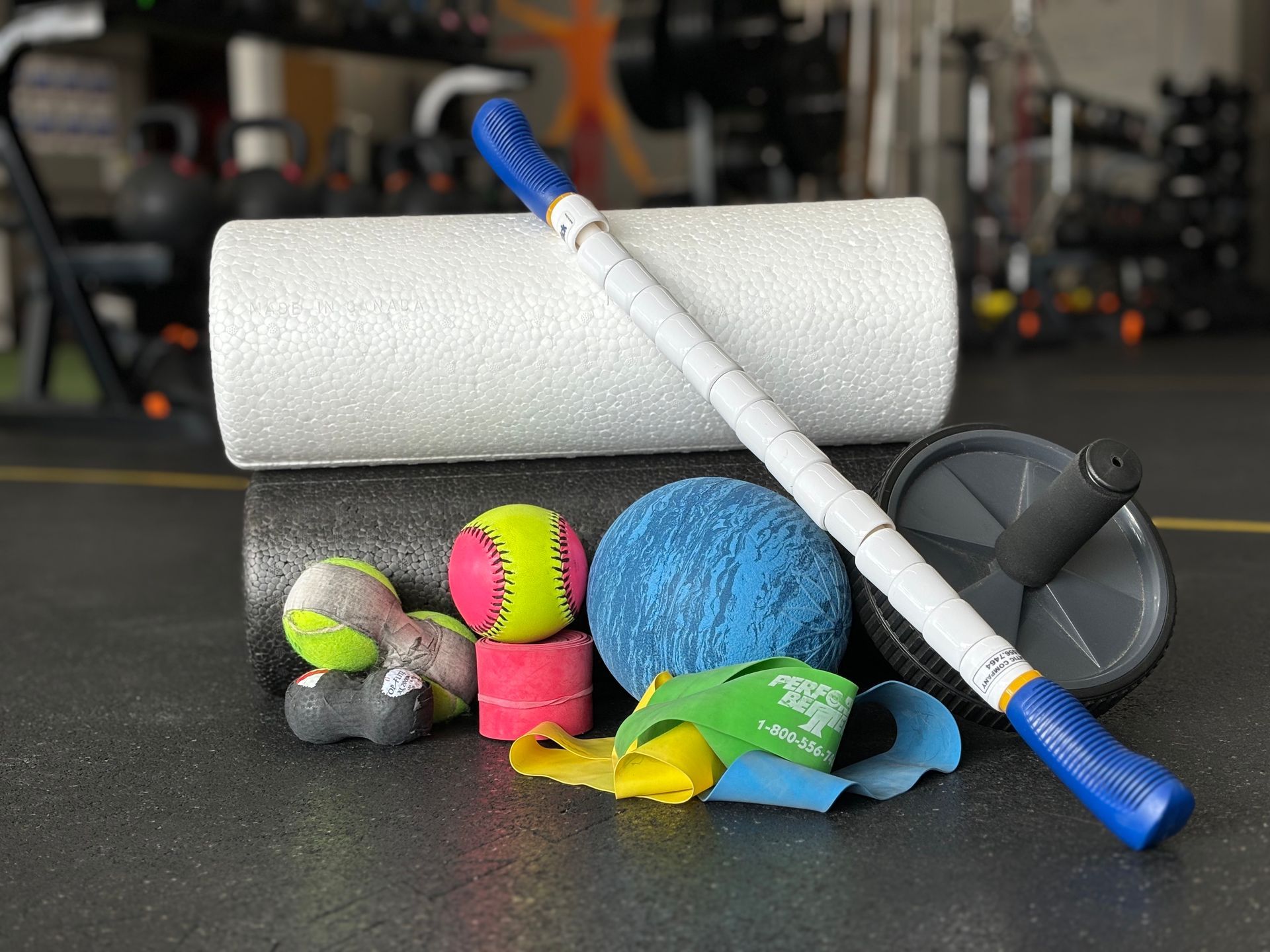By Tom Wigginton
•
March 9, 2025
Why Do We Foam Roll? Foam Rolling is good for you! It's like eating your broccoli for your muscles, connective tissues, and nervous system. It helps you move better and feel better. And when you move and feel better, the hard work of working out yields greater results. And when you get past the initial discomfort and difficulty of rolling various body parts (like IT Bands!), it really does feel good. What follows next are many of the very cool and somewhat nerdy things going on when you foam roll mindfully, thoroughly, with intention, and curiosity. Improving Flexibility and Movement Quality Foam rolling, a widely used form of self-myofascial release (SMR), helps improve mobility by reducing excessive muscle tension and promoting better movement patterns. By applying pressure to the muscles and surrounding connective tissue, foam rolling enhances flexibility and range of motion, making it a valuable tool for both performance and recovery. Foam rolling primarily addresses two common soft tissue restrictions: Adhesions – Areas where muscle and connective tissue become less mobile due to poor hydration, overuse, or microtrauma. Rolling encourages better fluid movement and tissue elasticity. Trigger Points – Small, hyperactive muscle knots where fibers stay contracted, limiting function. Rolling doesn’t physically break up these knots but instead signals the nervous system to relax the area. By improving these tissue qualities, foam rolling enhances movement efficiency and joint function, reducing compensatory patterns that may lead to injury. Enhancing Circulation and Recovery Foam rolling promotes increased blood flow, aiding in oxygen delivery, nutrient transport, and the removal of metabolic waste products from muscle tissue. This effect can support faster recovery, reduce soreness, and maintain tissue health over time. Improving Neuromuscular Activation By stimulating sensory receptors in the muscles and fascia, foam rolling enhances neuromuscular control. This can improve muscle activation and coordination, leading to better performance and more efficient movement patterns. Proprioception and Body Awareness Foam rolling provides sensory feedback that enhances proprioception—the body's ability to sense its position and movement in space. Improved proprioception leads to better balance, stability, and movement accuracy, which are critical for both athletic performance and injury prevention. Foam Rolling as a Warm-Up Tool While foam rolling is often associated with recovery, it also plays a key role in pre-exercise preparation. By improving tissue elasticity, modulating neural tone, and increasing blood flow, foam rolling can help prime muscles for activity. This makes it a valuable addition to dynamic warm-up routines, reducing stiffness and enhancing readiness for training. Preventing Injuries Through Regular Use Using foam rolling regularly allows individuals to identify tight or overactive areas before they develop into movement dysfunctions or injuries. Sensitivity in a specific area often indicates excessive muscle tension or imbalance. Addressing these issues early can prevent them from escalating into chronic problems. Optimizing Strength and Performance By reducing unnecessary tension and improving force transmission efficiency, foam rolling contributes to better movement mechanics and overall performance. When muscles function optimally, athletes can generate more power with less fatigue, improving training quality and long-term results. Supporting Posture and Musculoskeletal Health Many people develop muscle imbalances due to prolonged sitting or repetitive movements. Foam rolling can help alleviate excess tightness in overworked areas, promoting better posture and reducing stress on the joints. This is particularly important for individuals who experience discomfort from prolonged sedentary behavior. The Psychological and Sensory Benefits Beyond the physical benefits, foam rolling can have a relaxing effect by stimulating the parasympathetic nervous system. As muscles release tension, many individuals experience a sense of relief and improved well-being. The combination of proprioceptive input, deep breathing, and movement awareness can make foam rolling a valuable recovery and stress-management tool. Does Foam Rolling Change Tissue Structure? One arguable aspect of foam rolling is that it "breaks up" adhesions in muscle tissue. Some people says it does indeed. Others say that while it does improve tissue mobility, the main effect is neurological rather than structural. Foam rolling influences the nervous system to decrease muscle tension and enhance circulation, creating an environment where connective tissue can gradually adapt and remodel over time. Some also argue that because you're not stretching or lengthening your connective tissues, you shouldn't bother. But stretching isn't the point and we never said that's what we were trying to accomplish. How to Maximize the Benefits of Foam Rolling To get the most out of foam rolling, consider these evidence-based strategies: Move Slowly – Spend at least 30-60 seconds on each muscle group, applying steady pressure. Breathe Deeply – Deep breathing promotes relaxation and allows muscles to release tension more effectively. Pause on Tight Spots – If you find a tender area, hold pressure there for a few seconds until discomfort diminishes. Use Different Angles – Slightly shifting positions can target different layers of tissue and enhance the effect. Integrate Thoughtfully – Foam rolling should be part of a structured training plan, used before workouts for activation and after workouts for recovery. Choosing the Right Foam Rolling Tools A basic foam roller is often sufficient, but more specialized tools—such as massage balls, percussion devices, or resistance bands—can provide targeted relief based on individual needs. The right tool depends on factors like muscle density, sensitivity, and training goals. Conclusion: A Smart Approach to Tissue Care Strength training and athletic performance aren’t just about lifting heavier or moving faster—they’re also about preparing the body for optimal function. Foam rolling is a simple yet effective method to improve mobility, enhance muscle readiness, and promote long-term resilience. Many individuals report immediate improvements in movement quality and reduced discomfort when foam rolling is used correctly. However, persistent pain despite proper soft tissue work may indicate a more serious underlying issue that requires assessment by a physical therapist or healthcare professional. Key Takeaways Monitor movement quality and address restrictions early. Apply slow, intentional pressure while maintaining controlled breathing. Use foam rolling strategically as part of a comprehensive training program. Combine foam rolling with strength and mobility work for best results. Train smart, recover well, and maximize your potential.
